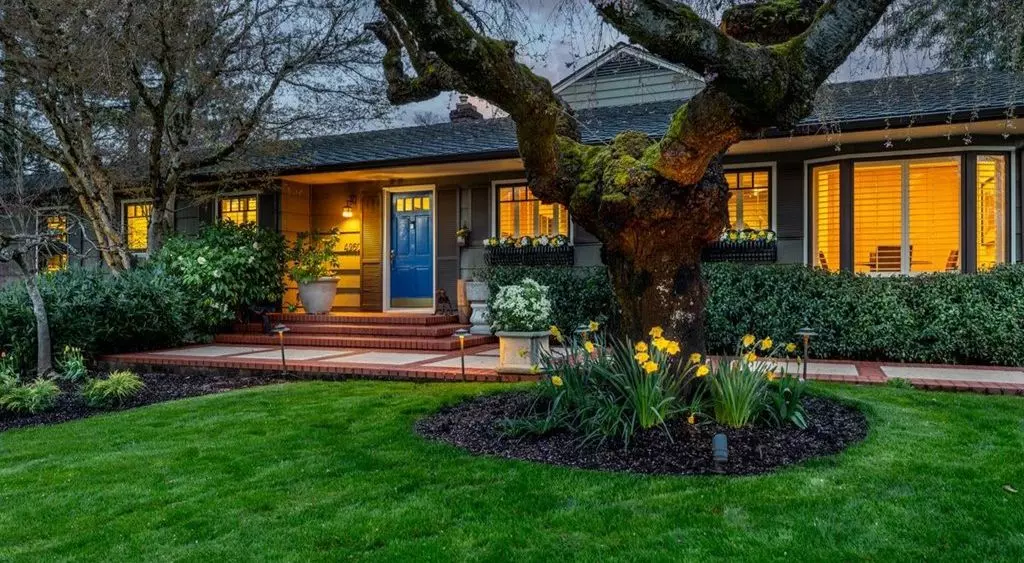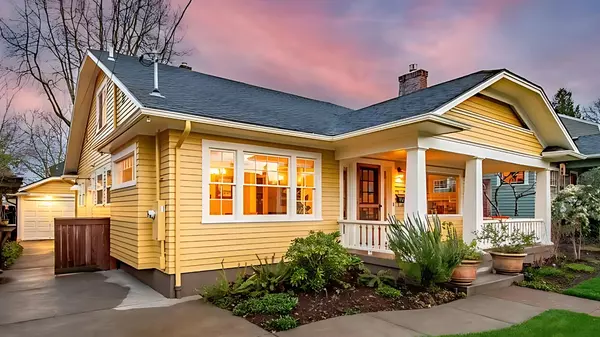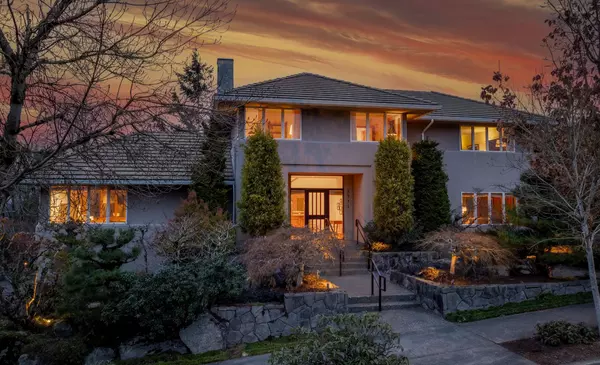What a Listing Price Really Means (And How It Should Shape Your Offer)

The Price Is Right-ish: What a Listing Price Really Means (And How It Should Shape Your Offer)
Let’s be honest—writing an offer on a home can feel like trying to hit a moving target. You see the list price, but you’re wondering:
Is this the real price? Should I offer more? Less? Exactly what they’re asking?
Well, the truth is, listing prices are less like price tags and more like strategies. As a buyer, understanding how a home was priced will give you the edge in figuring out how to approach your offer.
Here’s a breakdown of the three most common pricing strategies I see in the Portland market—and how you should respond to each one as a buyer.
1. The Low-Priced Home: Designed to Create a Bidding War
If a home seems “too good to be true,” that might be on purpose. Some sellers price under market value to generate lots of attention. The goal? Get as many people through the door as possible, drive up competition, and ultimately push the price above asking.
What this means for you:
-
Expect multiple offers.
-
This is not the time to “see if they’ll take less.”
-
You need to come in strong—maybe over asking—with clean terms.
-
Consider shortening contingencies, boosting earnest money, or being flexible on closing timelines.
It’s like walking into an auction. The starting price is just that—a starting point. If you love the home, be ready to compete.
2. The Market-Priced Home: Priced Fairly Based on Comps
This is the home priced where it should be—based on recent comparable sales, condition, and location. The seller isn’t aiming for a frenzy, but they also aren’t testing the waters. These homes tend to sell close to list price and move fairly quickly.
What this means for you:
-
You have a bit more room to think through your offer—but don’t wait too long.
-
If you offer near asking, you’re likely to be taken seriously.
-
If the home’s been on the market just a few days and you like it, don’t play the “lowball and see” game—it’ll probably cost you the deal.
These are the homes where writing a clean, fair offer with solid terms often gets the job done.
3. The High-Priced Home: “Let’s Just See What Happens”
This is the listing that makes you raise an eyebrow. Maybe it’s been sitting for a few weeks. Maybe the price seems a bit out of sync with others in the neighborhood. That’s because it probably is.
Sometimes sellers want to “test the market,” and other times they’re anchored to a specific number for emotional or financial reasons. But the longer these homes sit, the more likely they are to see price drops—or to entertain offers below asking.
What this means for you:
-
This might be your opportunity to negotiate.
-
Look at the days on market. If it’s over 21 days and there’s no recent price adjustment, you might have some leverage.
-
Make your offer based on real comps—not just what the seller is asking.
In this case, the price isn’t a signal of value—it’s a conversation starter. Your offer can challenge it, but you’ll want good data to back it up.
So… How Do You Know What to Offer?
Ask questions. Ask your agent to show you:
-
Recent sales for similar homes nearby.
-
What active buyers are paying right now.
-
How long the home has been listed.
-
If there’s a history of price reductions.
And ask yourself:
-
How badly do I want this house?
-
How likely is it that someone else will write a stronger offer?
-
Am I trying to “win” the house, or get a deal?
Final Thought: The Listing Price Is Just the Opening Line
Every listing tells a story—about the seller, the strategy, and the market. Your offer is your response. The better you understand the subtext behind that list price, the better chance you have of writing an offer that works—not just on paper, but in practice.
If you’re house hunting now and wondering how to approach your next offer, I’d be happy to walk you through the strategy. It’s not just about numbers—it’s about reading the room.
Ready to write a smart offer? I’ll help you figure out what the home is actually worth and how to stand out without overpaying. Let’s make your next offer the one that gets accepted.
Categories
Recent Posts









